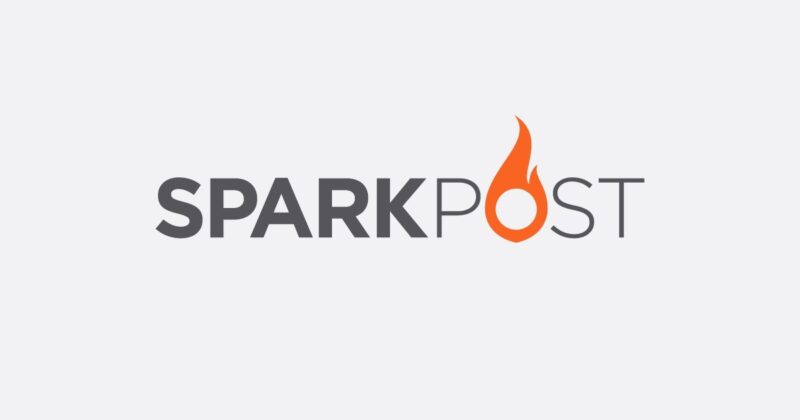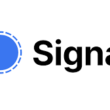In the realm of digital communication, Spark Post has emerged as a formidable player, offering a plethora of features that cater to diverse user needs. From its innovative features to its inherent limitations, understanding what sets Spark Post apart is crucial for businesses striving to enhance their messaging capabilities. In this article, we delve into the intricacies of Spark Post, exploring its features, limitations, and the compelling reasons why one might seek a Spark Post alternative.
Features And Limitation Of Spark Post

Navigating through the features and limitations of Spark Post is akin to conducting a transaction, where businesses weigh the value of swift message delivery, scalability, and advanced analytics against the costs, learning curves, and design constraints to determine if Spark Post aligns seamlessly with their messaging needs.
Features that Spark Post Boasts
- Lightning-Fast Delivery: Spark Post prides itself on its swift message delivery capabilities, ensuring that your communications reach the intended recipients in record time.
- Scalability: With the ability to handle a massive volume of messages, Spark Post is a scalable solution suitable for businesses of all sizes.
- Advanced Analytics: Harness the power of data with Spark Post’s robust analytics, providing insights into the performance of your email campaigns.
- Customizable Templates: Tailor your messages effortlessly with Spark Post’s customizable templates, allowing you to create engaging and brand-aligned communications.
- Reliable Infrastructure: Spark Post boasts a reliable infrastructure, minimizing downtime and ensuring a seamless communication experience for users.
Navigating Spark Post’s Limitations
- Cost Implications: For businesses on a tight budget, Spark Post’s pricing structure may pose a challenge, especially as messaging needs scale up.
- Learning Curve: The intricacies of Spark Post may present a learning curve for some users, making it less accessible for those seeking a user-friendly platform.
- Limited Automation: While offering automation features, Spark Post may fall short of meeting the intricate automation needs of certain businesses.
- Dependency on Internet Connection: Spark Post’s performance is contingent on a stable internet connection, potentially causing disruptions in areas with connectivity issues.
- Template Design Restrictions: Despite customizable templates, Spark Post has certain design restrictions that may limit the creative freedom of users.
What Sets Spark Post Apart?
What sets Spark Post apart is not merely its features but the seamless synergy it achieves between lightning-fast delivery, scalability, and advanced analytics. Unlike its counterparts, Spark Post distinguishes itself by offering a reliable infrastructure that ensures messages reach recipients promptly, catering to businesses of all sizes. The customizable templates further elevate its uniqueness, allowing users to tailor communications with ease and precision, creating a distinctive edge in the competitive landscape of digital communication platforms.
The Quest for Alternatives: Why Explore Spark Post Alternatives?
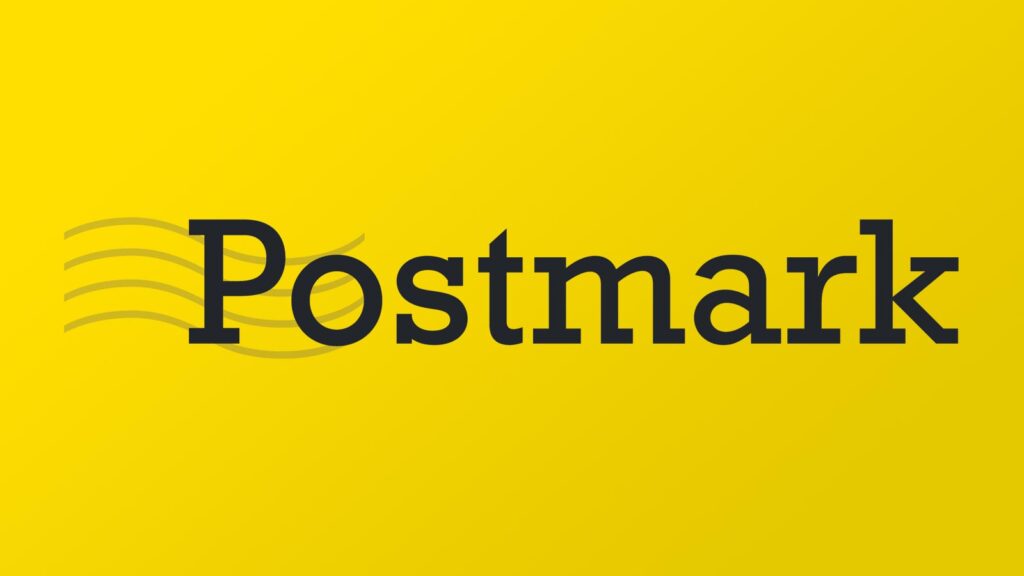
Embarking on the quest for Spark Post alternatives is akin to a strategic business transaction, where enterprises meticulously weigh the diverse functionalities, budget considerations, user experience enhancements, and specific industry requirements against the backdrop of their unique messaging needs.
1. Diverse Functionalities
Businesses are dynamic entities with diverse needs. Spark Post, while proficient, may lack certain functionalities crucial for specific industries or evolving trends. Exploring alternatives becomes a strategic move to find platforms that offer a comprehensive set of features tailored to the unique requirements of a business. Whether it’s the need for intricate automation processes, enhanced integrations, or specialized campaign management, businesses seek alternatives to ensure their messaging platform aligns seamlessly with their evolving functionalities.
2. Budget Considerations
In the competitive landscape of digital communication platforms, cost considerations are paramount. Spark Post’s pricing structure may pose challenges for businesses operating on tight budgets, especially as messaging needs scale up. Exploring alternatives is driven by the necessity to strike a balance between cost and features, ensuring that businesses find a messaging solution that not only meets their functional requirements but also aligns with their budgetary constraints, providing optimal value for money.
3. Enhanced User Experience
User experience is a critical factor in the adoption and sustainability of any platform. While Spark Post offers a range of features, some users may find its interface less intuitive, impacting the overall user experience. Exploring alternatives is a quest for a platform that not only meets functional needs but also provides an interface that is user-friendly, minimizing the learning curve and ensuring a smooth transition for the team. Businesses aim to enhance productivity by opting for alternatives that prioritize a seamless and enjoyable user experience.
4. Specific Industry Requirements
Industries vary in their communication needs, compliance requirements, and security standards. Spark Post may not cater comprehensively to certain industry-specific demands, prompting businesses in those sectors to explore alternatives. Whether it’s healthcare, finance, or e-commerce, each industry may require specialized features, integrations, or compliance measures. The quest for alternatives is driven by a strategic intent to find platforms that align with and cater specifically to the nuanced requirements of a particular industry, ensuring a secure and tailored messaging solution.
Commonly Used Spark Post Alternatives: Navigating the Landscape
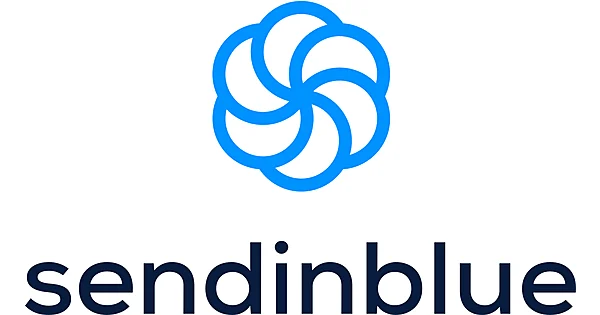
As businesses traverse the dynamic landscape of digital communication platforms, the exploration of Spark Post alternatives becomes a strategic endeavor. Each alternative represents a unique facet in the multifaceted realm of messaging solutions. Let’s delve deeper into the intricacies of these commonly used Spark Post alternatives, unraveling the distinctive features that set them apart:
1. SendinBlue
Renowned for its user-friendly interface, SendinBlue goes beyond conventional email solutions. Businesses find solace in its comprehensive feature set, encompassing not only email marketing but also transactional emails. The intuitive design of SendinBlue makes it an appealing choice for enterprises seeking a seamless and user-centric experience, simplifying the complexities of digital messaging.
2. Mailgun
Positioned as a stalwart in ensuring high deliverability, Mailgun is a preferred choice for businesses with stringent email performance requirements. Its robust infrastructure acts as a sentinel, ensuring that messages traverse the digital realm with swiftness and reliability. Mailgun stands out as a reliable ally for companies that prioritize the consistency and dependability of their messaging campaigns.
3. SendGrid
Scalability is the heartbeat of SendGrid’s offering. Catering to businesses of all sizes, SendGrid provides a reliable email delivery solution. Its flexible architecture allows businesses to scale effortlessly, ensuring that the efficiency and effectiveness of their messaging campaigns remain intact even in the face of exponential growth.
4. Amazon SES (Simple Email Service)
Backed by the juggernaut of Amazon Web Services, SES offers a scalable alternative with a pay-as-you-go pricing model. This makes it an attractive proposition for businesses looking for a cost-effective solution without compromising the robustness of their email infrastructure. Amazon SES stands as a testament to the marriage of reliability and affordability in the messaging landscape.
5. Postmark
Specializing in the art of transactional emails, Postmark is an excellent choice for businesses sending time-sensitive communications. Its emphasis on timely and reliable delivery positions it as a go-to option for companies that require precision in their messaging strategies, particularly when dealing with critical and time-bound information.
6. Elastic Email
Offering a harmonious blend of flexibility and scalability, Elastic Email caters to businesses with diverse messaging needs. Its adaptable infrastructure seamlessly integrates with the intricate web of business operations, making it a versatile alternative for companies that demand agility in their digital communication strategies.
7. Pepipost
In the competitive arena of deliverability, Pepipost emerges as a champion with its high deliverability rates. Businesses entrust Pepipost to ensure that their messages consistently land in the coveted inbox space. This unwavering focus on deliverability positions Pepipost as an appealing alternative for companies that prioritize the reliability of their email communications.
8. SocketLabs
Distinguished for its comprehensive email delivery solutions, SocketLabs equips businesses with the tools needed to navigate and optimize their email communications. Its robust features empower companies to manage the intricacies of their messaging strategies, making SocketLabs a reliable alternative for those seeking a holistic email management solution.
9. MailerLite
Tailored to cater to both novices and seasoned marketers, MailerLite stands as an affordable alternative with a user-friendly interface. Its advanced features strike a harmonious balance between simplicity and functionality, making it a suitable choice for businesses aiming for an intuitive and cost-effective messaging solution.
10. Mandrill
Nestled within the Mailchimp ecosystem, Mandrill offers a reliable alternative with an array of features, including detailed tracking and flexible template options. The seamless integration with Mailchimp’s ecosystem provides businesses with a bridge between platforms, ensuring a comprehensive and streamlined messaging solution.
Factors To Consider While Choosing The Perfect Spark Post Alternative
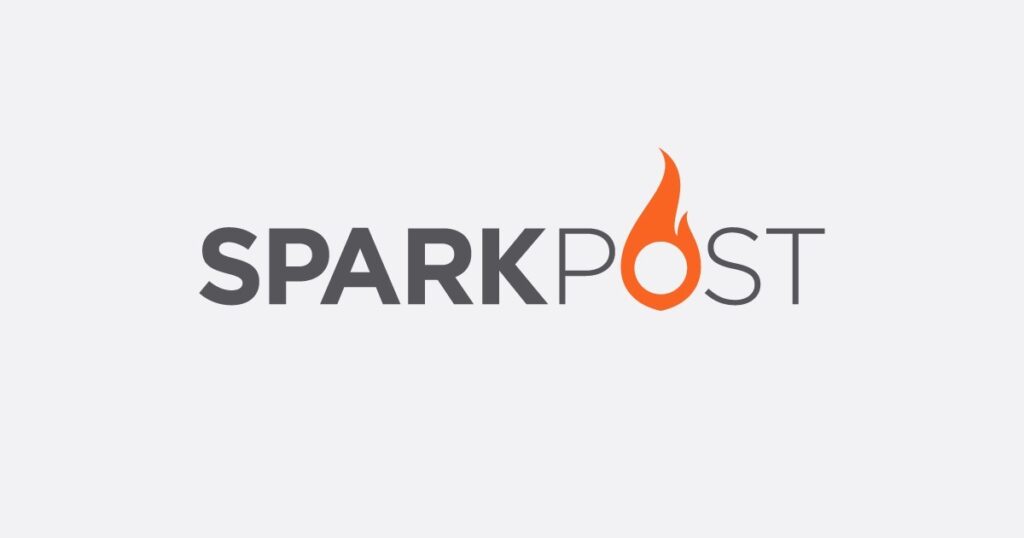
Engaging in the decision-making process of selecting the ideal Spark Post alternative is akin to a strategic transaction, where businesses meticulously weigh the pricing structures, scalability features, ease of use, deliverability rates, and customization options. Each factor acts as a currency, influencing the value proposition of the chosen alternative and ensuring that it seamlessly aligns with the unique messaging needs and strategic goals of the business.
1. Pricing Structure
Determining the perfect Spark Post alternative begins with a meticulous examination of the pricing structure. Businesses must delve into the intricacies of subscription plans, assessing not only the initial costs but also the potential scalability expenses. A transparent understanding of pricing models, including any additional charges for exceeding message limits or advanced features, ensures that the chosen alternative aligns harmoniously with the budgetary constraints without sacrificing essential functionalities.
2. Scalability
The scalability of a messaging platform is paramount in accommodating the evolving needs of a growing business. As enterprises expand, the chosen Spark Post alternative should seamlessly grow in tandem. Evaluating the scalability involves assessing the platform’s capacity to handle an increased volume of messages, user accounts, and additional features without compromising performance. A scalable alternative not only caters to the present requirements but also anticipates and accommodates the future growth trajectory of the business.
3. Ease of Use
A user-friendly interface is the linchpin of a successful messaging platform adoption. Considering the ease of use involves analyzing the intuitiveness of the dashboard, accessibility of features, and the learning curve associated with the alternative. The perfect Spark Post alternative should empower users with a seamless experience, minimizing the time and resources required for training. An interface that fosters simplicity and efficiency ensures that the transition from Spark Post to the chosen alternative is smooth, enhancing overall user satisfaction and productivity.
4. Deliverability Rates
The effectiveness of a messaging platform lies in its ability to ensure that communications consistently land in the recipients’ inbox. Assessing the deliverability rates of a Spark Post alternative is crucial, involving an examination of its track record in ensuring messages reach their intended destinations without being relegated to spam folders. Platforms with robust infrastructure, advanced authentication mechanisms, and a proven history of high deliverability rates instill confidence in businesses that their messages will reliably reach the target audience.
5. Customization Options
Tailoring communications to align with a brand’s identity is a non-negotiable aspect of successful messaging strategies. The perfect Spark Post alternative should offer a spectrum of customization options, allowing businesses to personalize templates, messages, and user interactions. Examining the flexibility of the alternative in accommodating unique branding requirements ensures that businesses can craft communications that resonate with their audience. From color schemes to personalized messaging, a platform that prioritizes customization empowers businesses to create a distinct and memorable brand presence in the digital landscape.
Conclusion
In the dynamic and ever-evolving landscape of digital communication, the quest for the perfect Spark Post alternative is more than just a search for a platform; it’s a strategic endeavor to enhance messaging capabilities and drive business growth. By delving into the intricacies of Spark Post’s features, limitations, and uniqueness, businesses gain valuable insights into their messaging requirements and the compelling reasons to explore alternatives.
Navigating through the array of Spark Post alternatives requires a thorough evaluation of factors such as pricing structures, scalability, ease of use, deliverability rates, and customization options. Each factor acts as a guiding compass, steering businesses towards the alternative that not only meets their present needs but also aligns with their long-term strategic objectives. By meticulously weighing these factors, businesses can embark on a transformative journey towards optimizing their digital communication strategies and fostering meaningful connections with their audience in the digital realm.




